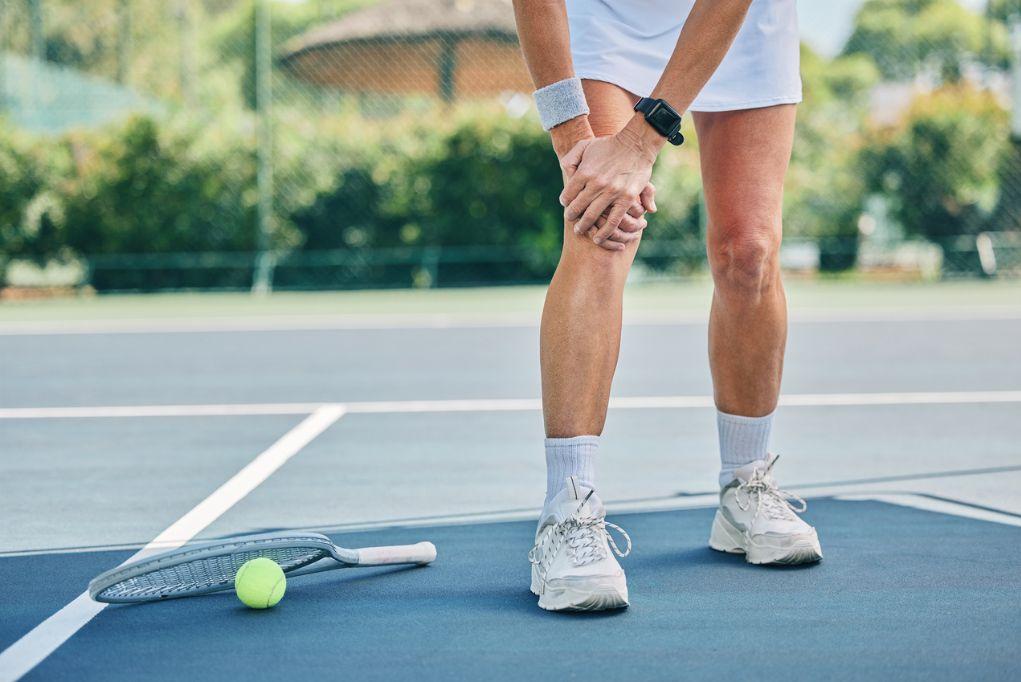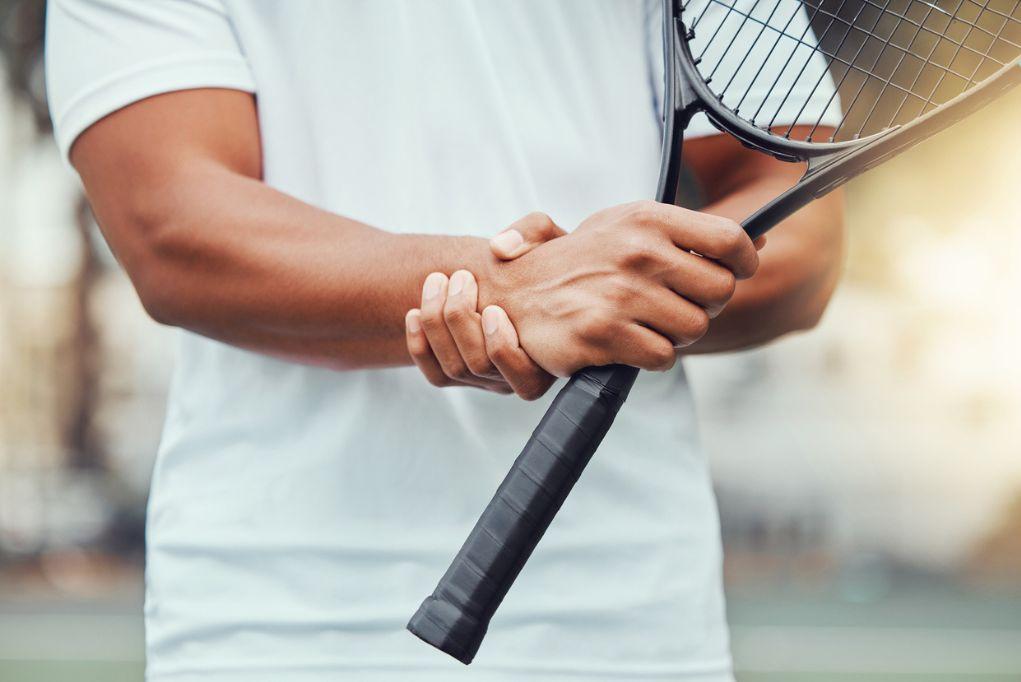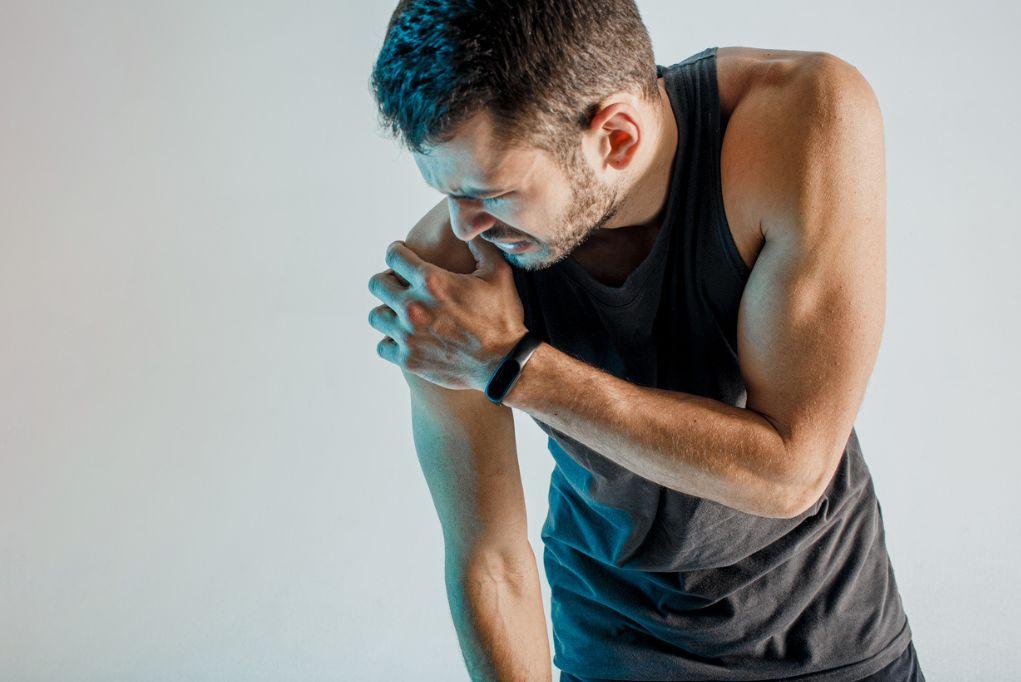Hyperextended Knee: Causes, Signs, and Treatments
If you’ve ever landed awkwardly after a jump, suddenly stopped mid-run, or experienced a sharp pain while pivoting, you may have suffered a hyperextended knee. This type of injury happens when the knee bends too far backward, stretching or damaging the ligaments, tendons, and other tissues that keep the joint stable.
While mild cases can heal with rest and conservative care, more serious hyperextensions can lead to lasting instability or even ligament tears if not properly treated. Knowing the causes, warning signs, and treatment options can help you recover quickly and prevent further injury.

What Is a Hyperextended Knee?
A hyperextended knee occurs when the knee joint is forced beyond its normal range of motion, causing the lower leg to move too far forward relative to the thigh. This backward bending puts strain on key stabilizing structures, especially the anterior cruciate ligament (ACL), posterior cruciate ligament (PCL), and surrounding tendons.
The severity can range from a mild stretch to a partial or complete tear of these ligaments. In some cases, the force can also damage cartilage or bone surfaces inside the joint.
Common Causes of a Hyperextended Knee
This injury is often linked to high-impact or sudden movement, but it can also occur in everyday life. Some of the most common causes include:
Sports Injuries
Athletes are particularly prone to hyperextension due to fast stops, abrupt direction changes, or awkward landings, especially in sports like basketball, soccer, volleyball, and gymnastics.
Falls and Slips
Landing on an extended leg or slipping on a slick surface can cause the knee to buckle backward, resulting in a hyperextension injury.
Improper Landing Mechanics
Jumping or running with poor form increases the strain on the knee joint, especially if muscles like the hamstrings and quadriceps are imbalanced.
Contact or Collision
A direct blow to the front of the knee, common in football or car accidents, can push the joint backward beyond its natural limits.
Signs and Symptoms of a Hyperextended Knee
The symptoms of a hyperextended knee depend on how severe the injury is, but common signs include:
- Sudden pain behind or in front of the knee at the time of injury
- Swelling that develops within a few hours
- Feeling of instability or the knee “giving out”
- Bruising around the joint
- Stiffness or limited range of motion
- Pain when straightening the leg or bearing weight
In more severe cases, you may hear or feel a “pop”, which can indicate a torn ligament, particularly the ACL.
Treatment Options for a Hyperextended Knee
Treatment depends on the severity of the injury. Many mild to moderate cases heal well with conservative care, while more severe injuries may require surgical repair.
1. Rest and Ice
Take a break from high-impact activity to let inflammation subside. Apply ice packs for 15–20 minutes several times a day during the first 48 hours.
2. Compression and Elevation
Wearing a knee sleeve or light compression wrap helps limit swelling. Elevate your leg above heart level when resting.
3. Physical Therapy
If recommended, physical therapy can help restore strength, flexibility, and balance. Strengthening the quadriceps, hamstrings, and hip muscles is key to preventing future hyperextension.
4. Bracing
In moderate cases, a knee brace can provide stability and prevent further hyperextension while healing.
5. Medications and Injections
Anti-inflammatory medications may help reduce pain and swelling. In some cases, cortisone injections can help calm persistent inflammation.
6. Surgery (for Severe Injuries)
If ligaments like the ACL or PCL are torn, or if the joint shows signs of instability that doesn’t improve with rehab, surgical reconstruction may be necessary. Modern minimally invasive techniques allow for strong recovery outcomes and faster return to activity.
Preventing a Hyperextended Knee
While not all hyperextensions can be avoided, taking steps to strengthen and protect your knees makes a big difference:
- Warm up properly before physical activity
- Strengthen your leg and hip muscles to improve joint stability
- Focus on balance and landing mechanics in sports
- Avoid locking your knees when standing for long periods
- Use proper footwear with good support
When to See an Orthopedic Specialist
If your knee pain is severe, you can’t fully straighten or bend your leg, or you feel the joint giving way, it’s time to see a specialist. Ignoring long-term knee discomfort can lead to chronic instability or arthritis down the line.
At Motion Orthopaedics, our team provides expert diagnosis and individualized treatment for knee injuries, from mild strains to complex ligament tears. Whether you’re an athlete or just want to stay active without pain, we’ll help you recover and prevent future issues.
Meet Our Knee Specialists:
- Jason P. Young, MD
- Scott W. Zehnder, MD
- Nathan Mall, MD, CIME
- Jason A. Browdy, MD
- Timothy D. Farley, MD
- David J. King, MD
- Luke Choi, MD
Get Expert Care for Hyperextended Knee Injuries in Missouri
If you’re dealing with pain, swelling, or instability from a hyperextended knee, don’t wait for it to get worse. The specialists at Motion Orthopaedics are here to help you get back to your active lifestyle with the latest non-surgical and surgical treatments.
With convenient locations across Missouri, our orthopedic experts provide personalized care to help you move better, feel stronger, and heal faster.
Contact Motion Orthopaedics today to schedule an appointment and take the first step toward lasting knee health.




